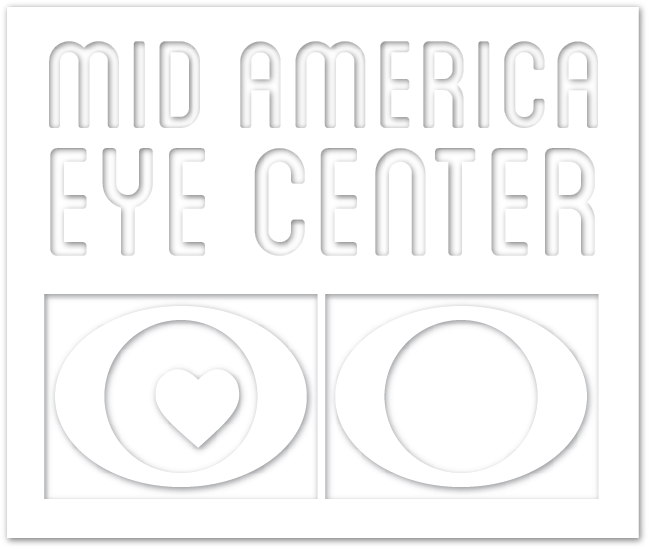LASIK

LASIK is a precise laser procedure which has now been performed in millions of patients throughout the world. It can correct nearsightedness (myopia), farsightedness (hyperopia) and astigmatism by changing the shape of the cornea.
Several advantages of current LASIK techniques include fast healing and rapid visual recovery, minimal risk of postoperative scarring or haze, and very little or no pain.
The actual laser procedure is fairly brief. The patient's preoperative measurements, including WaveScan testing and intended correction, are entered into a computer which controls the laser. Following anesthetic eye drops a thin flap is created in the top layers of the cornea. The excimer laser emits a cool beam of light, and the computer-guided laser removes a minute layer of the inner corneal tissue.
To correct myopia, the cornea is flattened by removing more tissue in the center of the cornea than the periphery. To correct hyperopia, the cornea is steepened by removing more tissue in the periphery of the cornea than the central zone. To correct for astigmatism, more corneal tissue is removed in one direction or axis than the opposing direction.
After the laser is applied, which typically lasts less than 30-60 seconds, the corneal flap is repositioned. At the end of the procedure, patients are given antibiotic and anti-inflammatory drops to control inflammation. The procedure is painless and takes approximately 10 minutes per eye. Typically, both eyes are done consecutively during the same session. Patients are able to drive the next day and return to work shortly thereafter.
Drs. Parelman and Unterman are specially trained corneal surgeons who have completed a cornea and refractive surgery fellowship. In additions to LASIK, they routinely perform cornea transplants and other corneal surgeries and have taught these techniques to other surgeons.
LASIK is performed at the Laser Sight Center, 3840 West 75th Street, Prairie Village, KS, adjacent to the Mid-America Eye Center offices. Drs. Parelman and Unterman use a Star S4 Visx laser, which is FDA approved for the correction of myopia, hyperopia and astigmatism. The S4 has active eye tracking as well as the ability to perform a wider treatment zone for patients with large pupils.
Although the technical aspects of the LASIK procedure are certainly important, as with any surgery the surgeon's personal attention to the unique needs of each patient is of equal importance. Unlike many LASIK practices, Drs. Parelman and Unterman also perform each patient's preoperative evaluation to determine the type of procedure which would benefit the patient most and personally answer questions. Similarly, Drs. Parelman and Unterman perform the postoperative exams and discuss pertinent findings.
Custom Ablation
In May 2003 Visx received FDA approval for CustomVue laser or WaveFront ablation. With the use of their Visx Star S4 excimer laser, Drs. Parelman and Unterman are able to offer patients CustomVue LASIK laser ablation. This procedure sets a new standard for laser vision correction with the potential to enable better vision than with contacts or glasses. [see image (a)]
The CustomVue LASIK procedure employs the Visx WaveScan system, which incorporates technology originally developed for use in high powered telescopes to reduce distortions when viewing distant objects in space. The CustomVue diagnostic system captures a "fingerprint" of the eye, which is 25 times more precise than what was previously measurable by standard methods. The WaveScan evaluates more than simple nearsightedness, farsightedness or astigmatism, and captures other, more specific imperfections in an individual's visual system.
Patients who are candidates for custom ablation are measured with the Visx WaveScan imager [see image (b)]. During the WaveScan measurement, which only takes a few minutes and does not require dilation, a beam of infrared laser light is passed through the eye and focused on the retina. The light is then reflected off the retina, passed back through the eye to a sensor and then analyzed from 200 aspects to create a map of the eye—a unique visual fingerprint. [see image (c)] This individualized treatment information is then transferred from the WaveScan analyser to the LASIK excimer laser. The actual surgical technique of the custom laser ablation is the same as with standard LASIK.
FDA clinical study data presented in 2003 show that one year following custom ablation, 98% of the study patients could see 20/20 or better without glasses or contacts. Six month evaluation of study participants shows that four times as many patients were very satisfied with their night vision after the Visx CustomVue procedures compared to their night vision before with glasses or contacts. In fact, 70% of the patients could see better than 20/20 without glasses or contacts one year after the procedure. Please contact us if you are interested in this improved LASIK method.
To determine whether LASIK is the right procedure for you, please call our office and schedule a LASIK evaluation with Dr. Parelman or Dr. Unterman at no charge.









